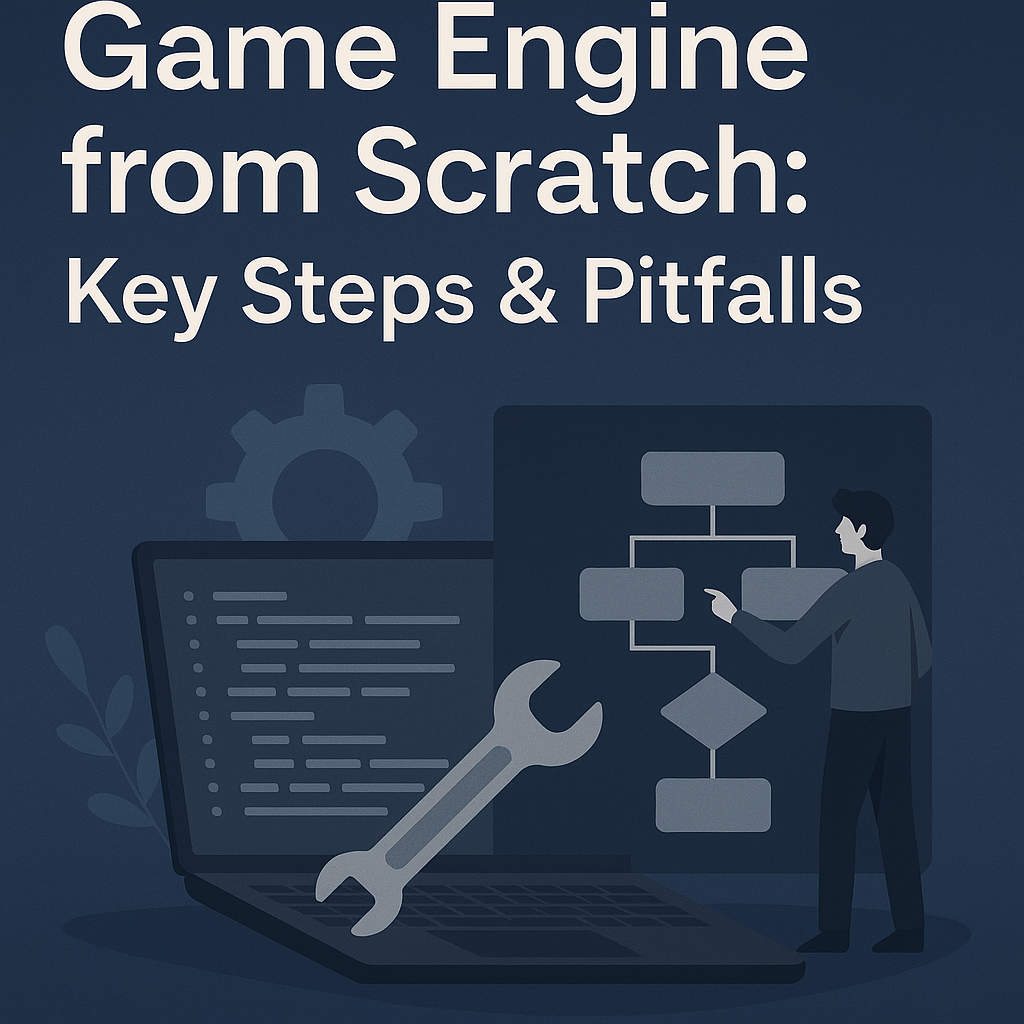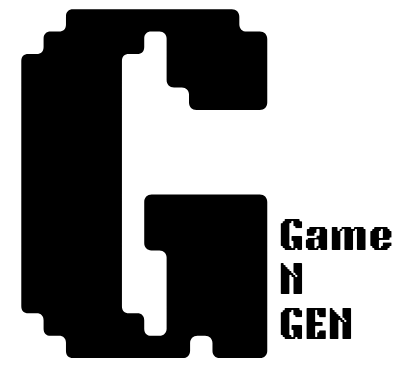Published on gamengen.cloud
By the GameNGen Editorial Team
🎮 Introduction: Why Build a Game Engine from Scratch?
In 2025, with powerful tools like Unreal Engine and Unity freely available, you might wonder — why build your own game engine?
The answer lies in full control, performance optimization, custom workflows, and sometimes even licensing freedom. For indie developers and technical enthusiasts, building an engine from scratch offers deep learning and complete creative freedom.
But it’s also a complex process — and this guide breaks down everything you need to know to build your own game engine, while avoiding common traps.

Table of Contents
🧱 1. Why Build Your Own Game Engine?
Here’s why many developers still choose to create custom engines:
- Learning & Portfolio: Understanding how a game engine works improves your programming, debugging, and optimization skills — a major career advantage.
- Full Customization: Tailor the renderer, physics, input system, and editor to match your game’s needs.
- Performance: You can squeeze every frame from your game with fine-tuned native code (especially in C++ or Rust).
- Licensing Freedom: No revenue cuts, platform lock-in, or black-box constraints.
Creating an engine from scratch isn’t for every project — but for some, it’s the only path to creative and technical excellence.
🧰 2. Core Architecture of a Custom Game Engine
Building a solid foundation is critical. Let’s break down the key components of a typical engine:
📦 2.1 Rendering System
- Use OpenGL, DirectX, or Vulkan for low-level rendering
- Build your own render loop, shaders, and post-processing pipeline
- Support 2D or 3D depending on your game’s style
🌍 2.2 Physics Engine
- Basic collision detection (AABB, raycasting)
- Rigidbody dynamics (Newtonian physics, forces)
- Consider integrating Box2D, Bullet, or building your own
🧠 2.3 Scripting System
- Use Lua, Python, or a custom DSL to let game designers build logic
- Bind native code to script APIs
- Hot-reload support improves productivity
📂 2.4 Asset Pipeline & Scene Management
- Load models, textures, sounds in efficient formats
- Create an Entity-Component-System (ECS) to manage in-game objects
- Build your own scene graph or node-based editor
🎮 2.5 Input & Audio
- Cross-platform input abstraction (keyboard, mouse, controller)
- Real-time audio playback, mixing, and spatial sound
🚧 3. Common Pitfalls (and How to Avoid Them)
❌ Pitfall 1: No Clear Architecture Plan
Many new devs just start coding without defining modules or interfaces.
Fix: Plan your modules (graphics, input, ECS) and communication early on.
❌ Pitfall 2: Reinventing Everything
Trying to build physics, rendering, UI, audio from scratch is overwhelming.
Fix: Use proven open-source libraries like SDL, Assimp, Bullet, or FMOD.
❌ Pitfall 3: Poor Tooling
Without a debugger, profiler, or basic level editor, development slows.
Fix: Build minimal tools early — even basic UI inspectors help tremendously.
❌ Pitfall 4: Over-Optimization
Premature optimization leads to messy code and burnout.
Fix: First, make it work. Then profile and optimize only hot paths.
❌ Pitfall 5: Feature Bloat
Trying to mimic Unreal or Unity’s full feature set is unrealistic.
Fix: Focus on your game’s actual needs. Build lean and iterate.
🧮 4. Tool Highlight: Game Mechanics Calculator→
Explore our custom web tool designed to help you outline your engine architecture step-by-step.
Use it to:
- Choose your tech stack
- Define module priorities
- Plan rendering pipelines, input systems, and scripting layers
🔗 Try it now → Visit the Guide
Why build your own game engine instead of using Unity or Unreal?
Building your own engine gives you complete control over performance, architecture, and features. It’s perfect for custom workflows, deep learning, or creating something totally unique. While Unity and Unreal are powerful, they come with limitations and licensing terms.
What programming language should I use to build a game engine?
Most engines are built in C++ due to its speed, memory control, and maturity in game development. However, some modern engines also use Rust, C#, or even Python for prototyping. The choice depends on your experience and goals.
How long does it take to build a basic game engine?
A simple engine can take a few months, while a full-featured one may take a year or more. It depends on scope, team size, and whether you’re using libraries or building everything from scratch. Start small and iterate.
What’s the hardest part of building a game engine?
The biggest challenge is managing complexity — balancing rendering, physics, input, scripting, and tooling. Without clear architecture and modular design, the engine can quickly become unmanageable. Planning is key.
